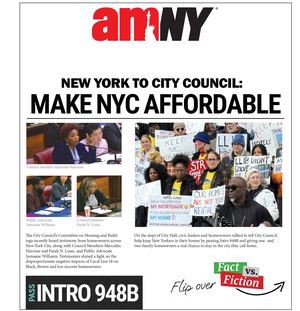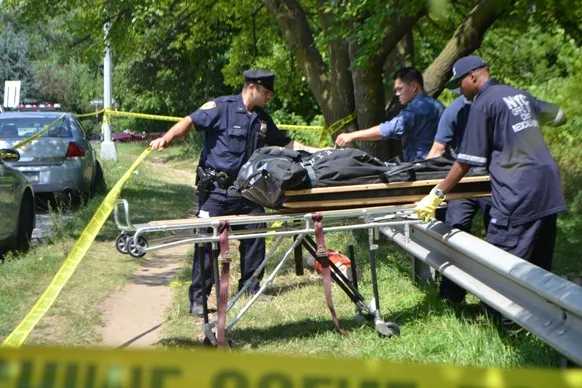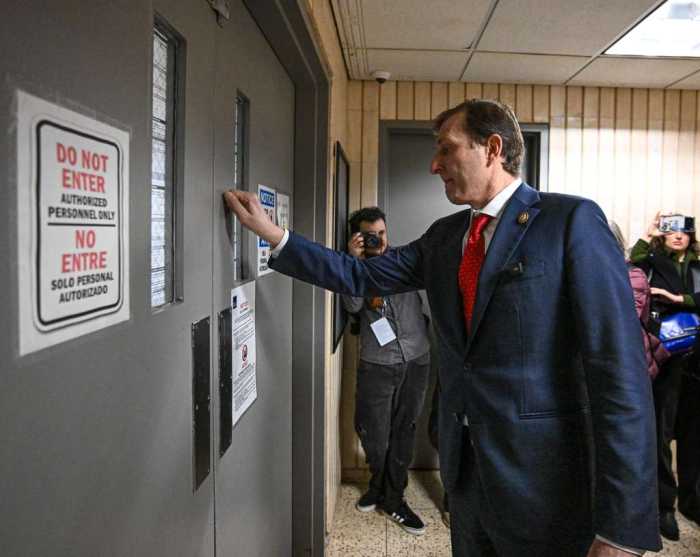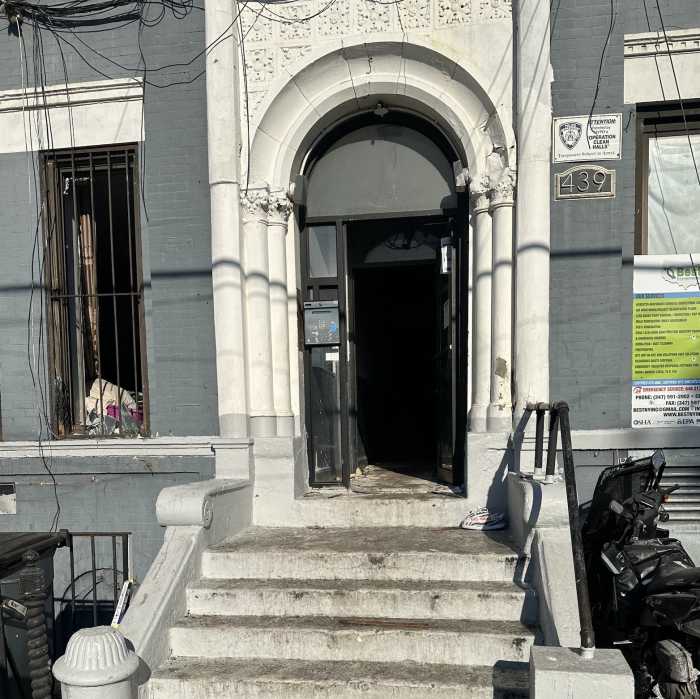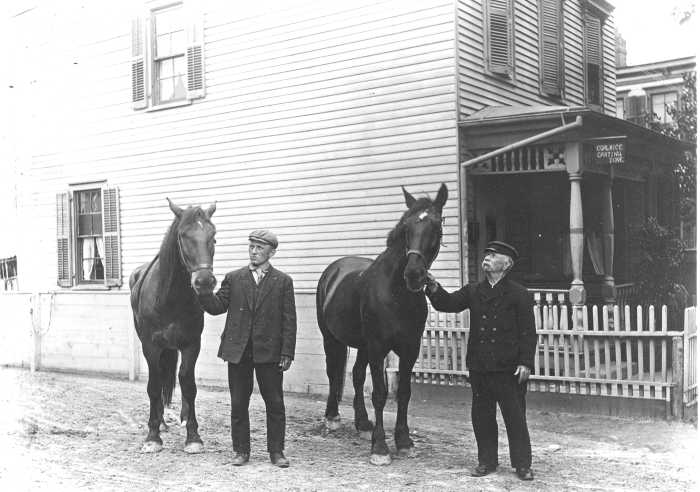
Despite objections from concerned leaders and residents, the City Planning Commission certified the formal review process for the mayor’s plan to create new borough-based jail facilities across the city.
Planning Commissioner Marisa Lago assured New Yorkers that the city would seek additional community input during the Uniform Land Use Review Procedure, which is underway.
Mayor Bill de Blasio announced last year a 10-year plan to close Rikers Island and move inmates to new jail facilities in lower Manhattan, Downtown Brooklyn, Mott Haven and Kew Gardens — sites that would be closer to the criminal courts in those neighborhoods. He called Monday’s decision a step in the right direction for improving the criminal justice system.
"This nation has a shameful history of locking people up without addressing systemic issues that would improve the lives of incarcerated individuals,” the mayor said in a statement. “We’re correcting that wrong by dramatically reducing the number of people in custody, closing the jails on Rikers Island and building new jails that are closer to family and support networks that are so crucial to people’s re-entry into the community."
Several community groups and elected officials, including Bronx Borough President Ruben Diaz Jr., have raised concerns over the proposal — which would also bring mixed-use development to those sites — because of a lack of discussion with the affected communities.
During a public meeting about the Queens site in February, journalists were barred by the mayor’s office from attending.
Now that the land use review procedure is certified, the plan will be sent to the community boards that represent the sites and the boards will have 60 days to hold a public hearing. The four borough presidents will also weigh in.
The Planning Commission will consider all feedback once it is collected. If the plan is then voted on and approved, it will be sent to the City Council for full approval.
During Monday’s hearing, Lago said the Planning Commission would take extra steps during the review process to make sure that the development of the jail facilities meets everyone’s needs. She said the city will set up a design advisory group that will report to the commission regularly. The group will consist of 10 members: Five from city agencies involved with the development, including the Department of Corrections and Department of Design and Construction, and five representing the Council Speaker and four borough presidents.
